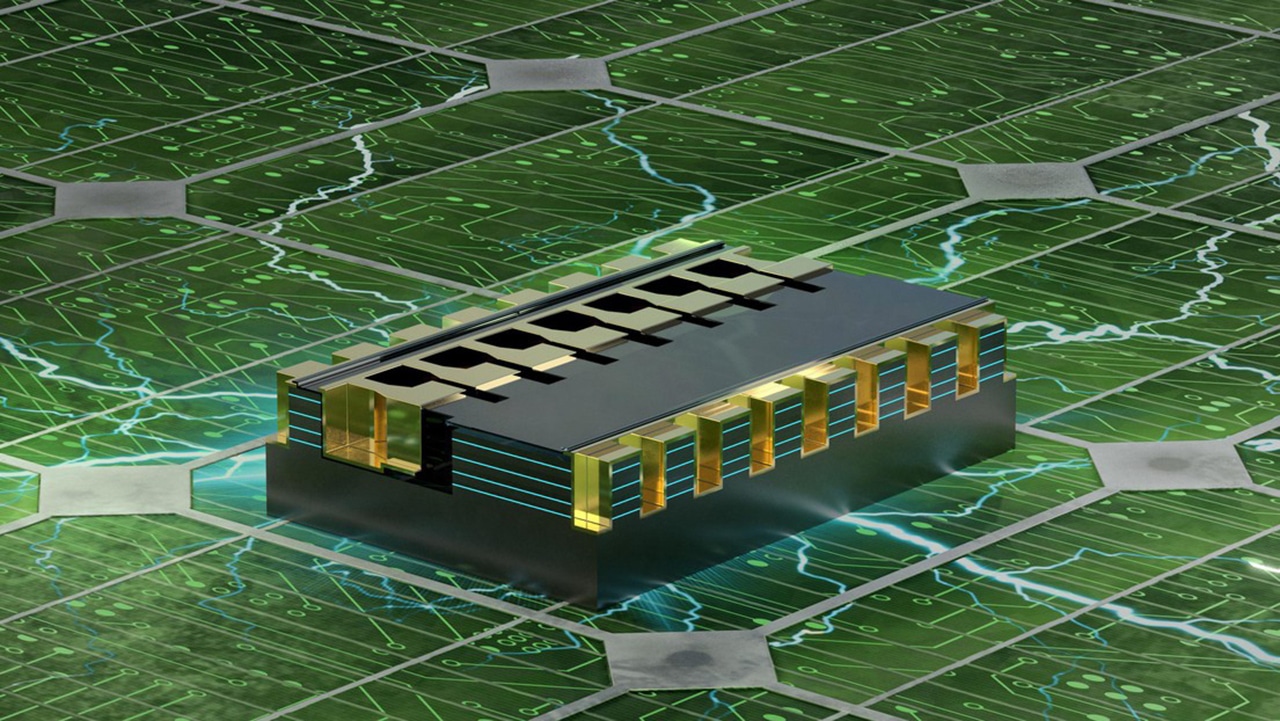
Nanowire-based devices, especially power converters, can be of use in various electronic applications, from ultra-scaled digital circuits to 5G communication networks. However, the devices are typically restricted to low-power applications. This happens due to their low electrical conductivity and limited voltage capability of the nanowires.
To overcome this limitation, EPFL engineers have designed a new type of power transistors to improve the converters’ efficiency. Thanks to its unique design, much less heat is lost during the conversion process, making the transistors especially well-suited to high-power applications like electric vehicles and solar panels.
High electrical resistance is the main reason for heat dissipation in converters. This becomes even more of a problem in high-power applications.
Elison Mattioli, a coauthor of the paper and head of EPFL’s POWERLab said, “The higher the nominal voltage of semiconductor components, the greater the resistance. Power losses shorten the ranges of electric vehicles, for instance, and reduce the efficiency of renewable energy systems.”
The newly developed transistor can substantially reduce the resistance and cut the heat dissipation in high-power systems. What’s more, it has less than half as much resistance as conventional transistors while holding voltages of over 1,000 V.
What is the key to this technology?
There are two main innovations behind this technology:
1. The first involves building several conductive channels into the component to distribute the flow of current – much like new lanes added to a highway to allow traffic to flow more smoothly and prevent traffic jams. This multi-channel design splits up the flow of current, reducing the resistance and overheating.
2. The second innovation involves using nanowires made of gallium nitride, a semiconducting material ideal for power applications. Nanowires are already used in low-power chips, such as smartphones and laptops, not high-voltage applications. The PowerLab demonstrated nanowires with a diameter of 15 nm and a unique funnel-like structure, enabling them to support high electric fields and voltages of over 1,000 V without breaking down.
By combining these two innovations, scientists could generate a multi-channel design that allows more electrons to flow. With a funnel structure- that enhances the nanowires’ resistance, the transistors can provide greater conversion efficiencies in high-power systems.
Mattioli said, “The prototype we built using slanted nanowires performs twice as well as the best GaN power devices in the literature.”
“While the technology is still in the experimental phase, there shouldn’t be any major obstacles to large-scale production. Adding more channels is a fairly trivial matter, and the diameter of our nanowires is twice as big as the small transistors made by Intel.”
Journal Reference:
- Nela, L., Ma, J., Erine, C. et al. Multi-channel nanowire devices for efficient power conversion. Nat Electron (2021). DOI: 10.1038/s41928-021-00550-8
Continue reading New type of transistor perform at substantially improved efficiencies on Tech Explorist.
0 comments:
Post a Comment